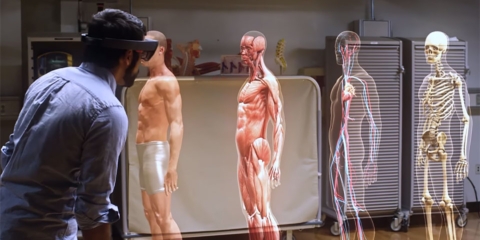Would you like to get notifications from Christian?
What happened? It's the future of commuting! Jetson ONE, a Swedish electric flying car company, has released a video of its CEO flying to work in his flying car. The craft cuts travel time by nearly 90%, compared to traditional road options. This is just the beginning for Jetson ONE, which is set to deliver its first flying cars to customers next year. Get ready for the future!
Why is this important? This is just one example of how flying cars are changing the way we commute. Not only is it more efficient, but it's also more fun! And with flying cars, there's no need to worry about traffic jams or road rage. We can all get where we're going without stressing out. That's good for our health and for the environment. Jetson ONE is set to deliver its first flying cars to customers next year but is already sold out!
By the way. The maximum speed of the aircraft is 63 mph, but it can only fly for 20 minutes before the batteries need to be charged. Its 210-pound payload capacity suggests that heavier flyers will have to reduce their weight before taking the controls. After that, LiDAR sensors will ensure obstacle avoidance, and a triple-redundant flight computer – as well as the ability of the aircraft to fly with a motor loss - will improve ease and safety of operation.
The only real deterrent to anyone becoming a Jetson ONE flying car pilot is the eVTOL ride's price: $92,000 in total. That price tag, far exceeding user weight restrictions, will almost certainly be the most significant reason why "everyone" does not become a pilot.
Author: Christian Kromme
First Appeared On: Disruptive Inspiration Daily
Christian is a futurist and trendwatcher who speaks about the impact of exponential technologies like AI on organizations, people, and talents. Christian tailors his presentations to your audience's specific industries and needs.



Our world is changing at an exponential rate! A big tidal wave of digital transformation and disruption is coming at us fast. Many organizations see this wave as a threat and experience stress, but there are also organizations that just see this wave as an opportunity.

Imagine sitting with just 10-15 fellow executives at a premier location, gaining clarity on the impact of AI on your industry while enjoying an exquisite dining experience. These are not just meetings—they are transformative moments that will shape the future of your organization
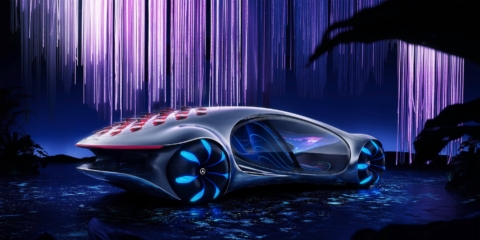
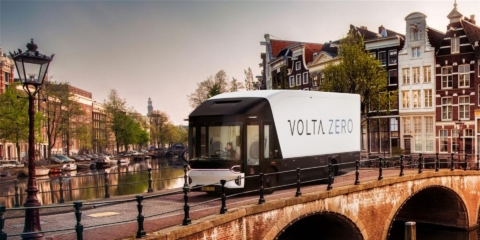
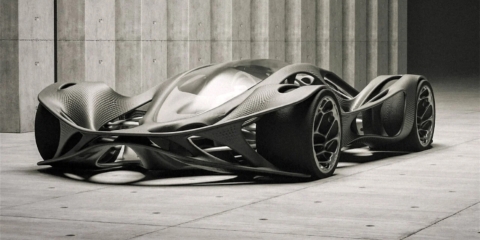
In the future, 3D printing and generative design will allow for products to be designed in a more decentralized manner, and production will take place closer to the customer and fully on-demand. 3D printing technology will also allow for more customization and personalization of products.

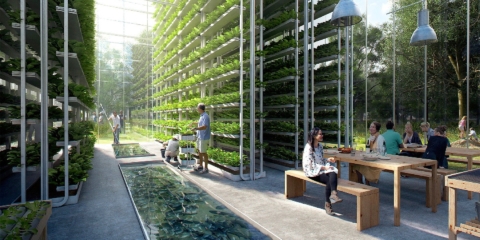
The agricultural industry is ripe for disruption. Robotics, AI, and IoT are all technologies that have the potential to radically transform the way we grow food. In combination with vertical farming, these technologies could increase the efficiency and quality of agricultural products.
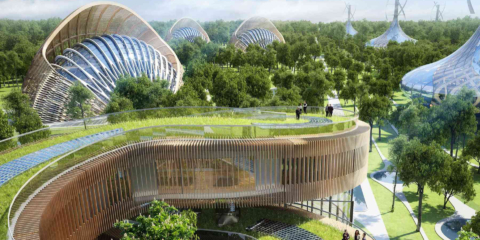
A human-centered society is one that puts people first and where technology is used to unite and empower people. It is a society that values biological life and dignity above all else. It is a society that recognizes the importance of human relationships and works to strengthen them. In a human-centered society, all members of the community are valued and treated with respect.
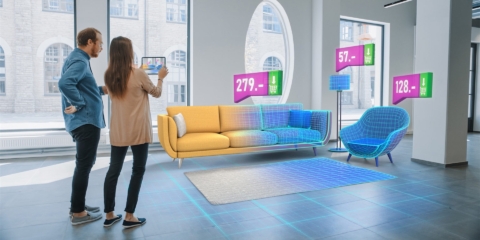
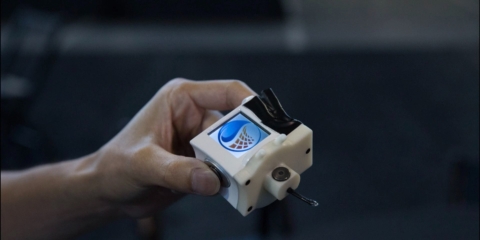
The future of healthcare is here. New technologies like AI, IoT, big data, and smart sensors make it possible to become the CEO of your own health. Imagine that your phone can listen to your voice and AI algorithms can detect small nuances in the tone of your voice that indicate specific diseases.
